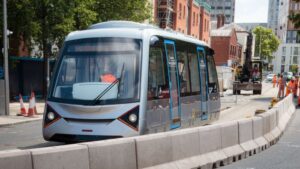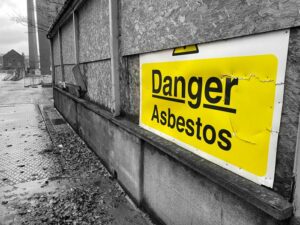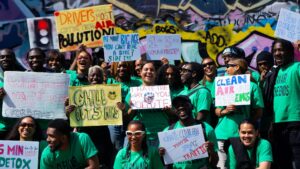New research has revealed that the introduction of the Ultra Low Emission Zone in London in April 2019, lead to more children walking or cycling to school.
The study, known as CHILL (Children’s Health in London and Luton), examined how the original implementation of the ULEZ affected children’s journeys to school.
Data from 2,000 children within the ULEZ area (aged between six and nine, and from 84 different schools) was compared to a control group from Luton.
Data was collected for the 12 months prior to the ULEZ implementation and for the period between June 2019 and March 2020 after it. (before schools were closed due to Covid).
When the original ULEZ was launched, total vehicle numbers in the Zone fell by around 9%, while the number of non-compliant vehicles dropped by 34%.
Over the period following the implementation it was found that children attending schools inside the ULEZ were much more likely to switch to active travel modes than the children in Luton. This switch to active travel was particularly noticeable in pupils living further away from school.
Four in ten (42%) children in Central London who has previously travelled to school by car switched to walking, cycling, or public transport, while in Luton, only two in ten children made this switch over the same period.
During the same period, some children went the other way, switching from active to inactive travel. This was seen in 5% of children in London but in 21% of those in Luton.
The researchers suggest that, while much is made about the air quality implication of clean air zones, the shift to active travel might also be a significant benefit of the policy.
The study’s first author, Dr Christina Xiao from the Medical Research Council (MRC) Epidemiology Unit at the University of Cambridge, said: ‘The introduction of the ULEZ was associated with positive changes in how children travelled to school, with a much larger number of children moving from inactive to active modes of transport in London than in Luton.
‘Given children’s heightened vulnerability to air pollution and the critical role of physical activity for their health and development, financial disincentives for car use could encourage healthier travel habits among this young population, even if they do not necessarily target them.’
Joint senior author Dr Jenna Panter from the MRC Epidemiology Unit, University of Cambridge, said: ‘The previous government was committed to increasing the share of children walking to school by 2025 and we hope the new government will follow suit.
‘Changing the way children travel to school can have significant effects on their levels of physical activity at the same time as bringing other co-benefits like improving congestion and air quality, as about a quarter of car trips during peak morning hours in London are made for school drop-offs.’
The study was conducted in collaboration with Queen Mary University of London, Imperial College, University of Bedfordshire, University of Edinburgh, University of Oxford and University of Southern California and funded by the National Institute for Health Research Public Health Research (NIHR), NIHR Applied Research Collaboration North Thames, and Cambridge Trust.
















Leave a Reply